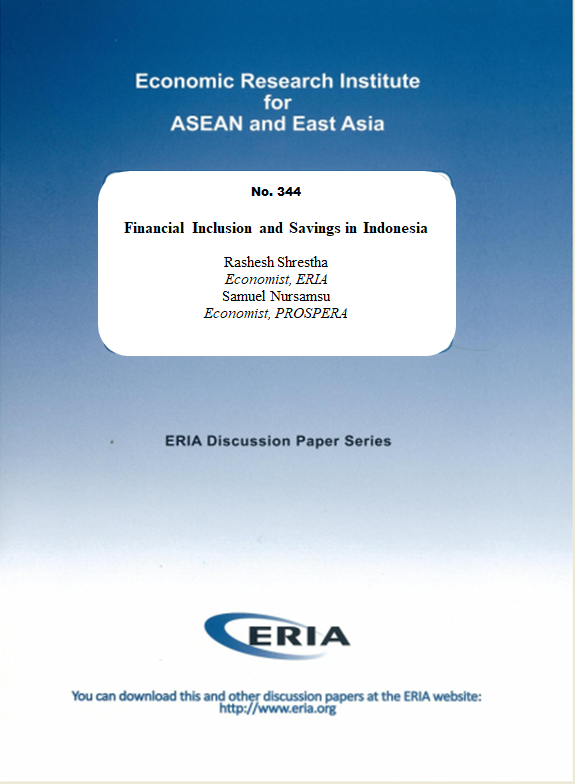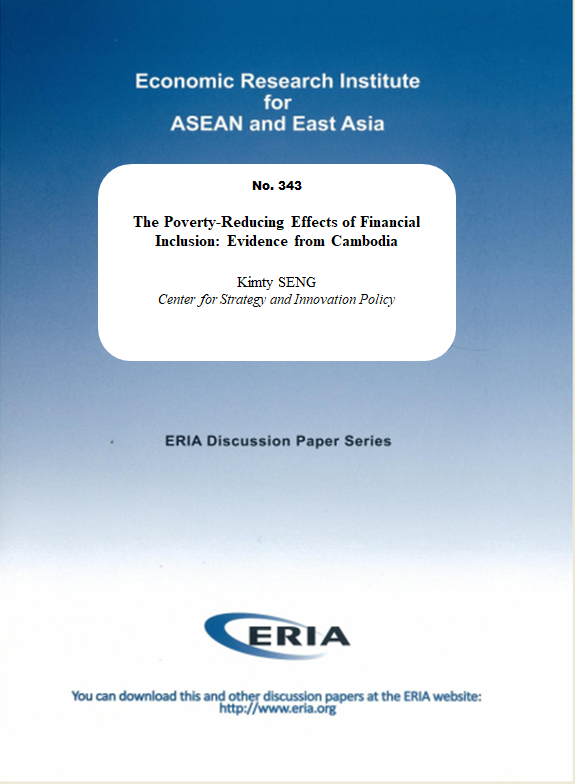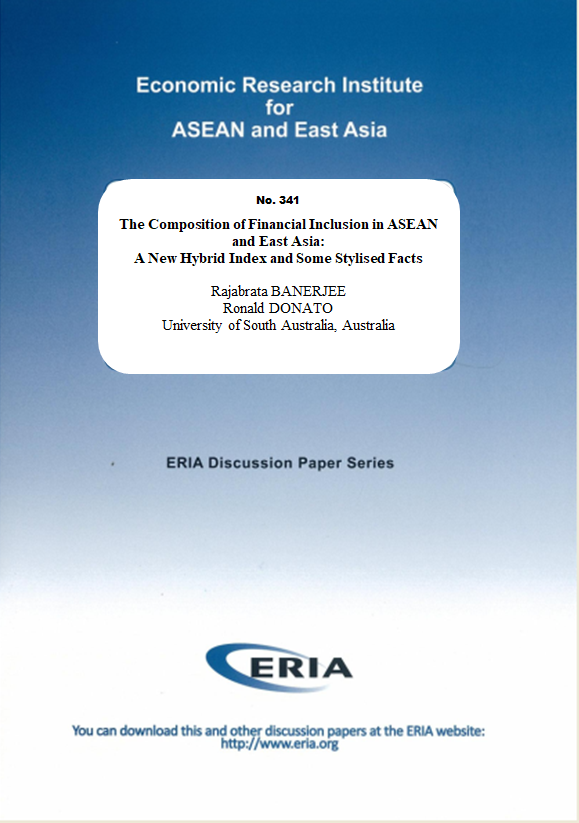Financial Inclusion and Savings in Indonesia

Date:
29 September 2020Category:
Indonesia, Finance and MacroeconomyType:
Discussion PapersTags:
Finance, Financial Inclusion, IndonesiaPrint Article:
This paper discusses the status of financial inclusion in Indonesia and examines the impact of financial inclusion – based on availability of bank branches on household outcomes – in Indonesia. Based on analysis of the World Bank’s Financial Inclusion Survey (FINDEX) data, Indonesia has made some progress on expanding financial inclusion. The share of individuals with bank accounts rose from less than 20% to just under 50% in 2017. Interestingly, while the gain between 2011 and 2014 was greater for individuals in the upper 60 percentile of income, the gains between 2014 and 2017 were more pro-poor. This progress was made possible due to concerted government efforts to expand financial inclusion. In our empirical analysis, we study how financial inclusion enables households with income gains into savings for assets and earnings. Using the Indonesian Family Life Survey data, we find that living in areas with high density of bank branches helps poor households accumulate savings. The marginal effect of financial inclusion on savings is highest amongst the households in the bottom quintile of per capita consumption distribution. Thus, access to formal financial institutions can lead to improvement in household welfare.




